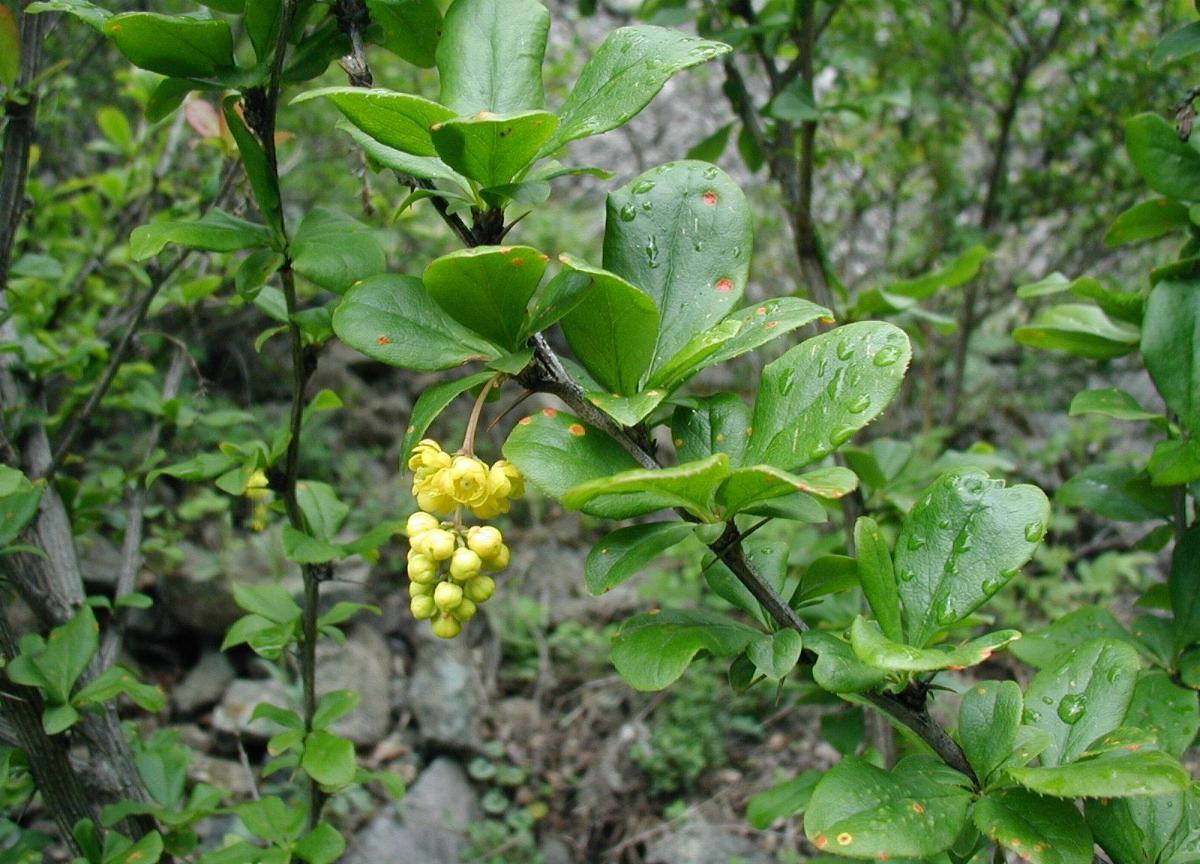
Common barberry (Berberis vulgaris)
Common barberry, also known as Berbery, Pepperidge bush, Barberry
The common barberry (Berberis vulgaris) is a shrub known for its distinctive, unpleasant-smelling flowers and red berries. Historically, the flowers have been utilized to produce yellow dye. The berries hold culinary and medicinal significance, especially in Iran, where they are used in various dishes, and in traditional Chinese medicine, a practice that dates back over 3,000 years.
Despite these uses, common barberry poses a significant threat to grain crops in America. This plant can harbor the wheat stem rust fungus (Puccinia graminis), a pathogen that can cause devastating damage to wheat and other cereal crops. By serving as an alternate host, the barberry facilitates the life cycle and spread of this harmful fungus, jeopardizing agricultural productivity.
Key Facts About Common barberry
Attributes of Common barberry
Scientific Classification of Common barberry
Toxicity
Ingestion